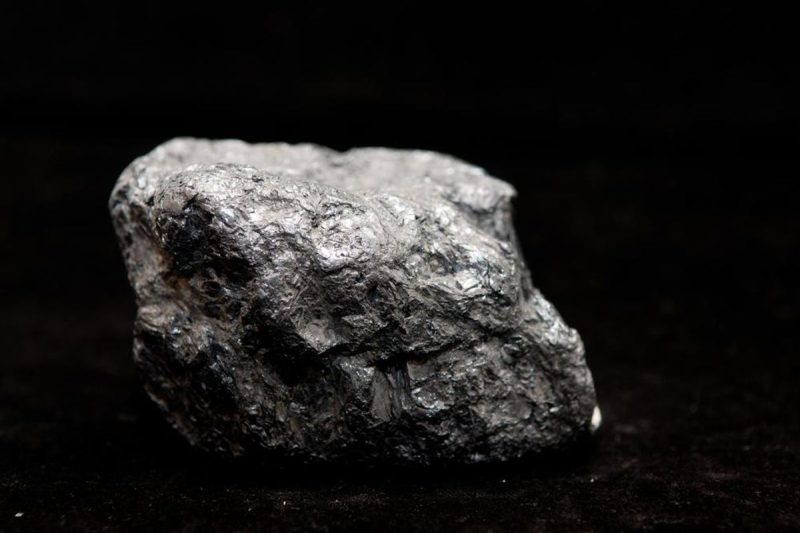Rare Earths Reserves: Top 8 Countries Updated to 2024
China
China continues to dominate the global rare earths reserves landscape, maintaining its position as the top producer of these critical minerals. With the country supplying over 80% of the world’s rare earths, China’s control over this market is significant. Despite efforts by other countries to diversify their rare earths sources, China’s abundant reserves and competitive advantage in extraction and processing give it a decisive edge in the industry.
Australia
Australia ranks second in the list of countries with substantial rare earths reserves. The country’s rich deposits of rare earth minerals offer a valuable alternative source outside of China. Australia’s efforts to ramp up production and attract investment in its rare earth sector have positioned it as a key player in the global supply chain. As demand for these vital minerals continues to rise, Australia stands ready to capitalize on its reserves and strategic location.
Vietnam
Vietnam has emerged as a promising contender in the rare earths market, thanks to its increasing reserves and growing production capacity. The country’s efforts to develop its rare earth sector and attract international partnerships have bolstered its position among the top suppliers. With a focus on sustainable mining practices and responsible sourcing, Vietnam aims to carve out a niche in the global rare earths market and contribute to the industry’s diversification.
Brazil
Brazil’s significant rare earths reserves have placed it among the top countries in terms of potential supply. The country’s vast mineral deposits, coupled with its skilled workforce and infrastructure, offer promising prospects for the development of its rare earth industry. By leveraging its resources and fostering innovation in extraction and processing technologies, Brazil aims to capitalize on the growing demand for rare earths and establish itself as a key player in the global market.
Russia
Russia’s extensive reserves of rare earth minerals present a considerable opportunity for the country to enhance its position in the global supply chain. With ongoing investments in mining projects and the development of advanced processing facilities, Russia is working towards increasing its rare earth production capacity. By focusing on sustainable practices and fostering international partnerships, Russia aims to leverage its reserves and strengthen its presence in the rare earth market.
India
India’s growing rare earth reserves offer significant potential for the country to become a major player in the global supply of these critical minerals. With increasing investments in exploration and development projects, India is poised to expand its rare earth production capacity. By emphasizing sustainable mining practices and promoting technological innovation, India aims to position itself as a reliable source of rare earths and contribute to the industry’s diversification.
United States
The United States has recognized the strategic importance of rare earth minerals and has been prioritizing efforts to secure a stable domestic supply. With significant reserves scattered across various states, the U.S. has the potential to reduce its dependence on foreign sources and strengthen its rare earth industry. By supporting domestic production, implementing policies to encourage investment, and fostering innovation in processing technologies, the U.S. aims to bolster its position in the global rare earth market.
Malaysia
Malaysia’s burgeoning rare earth sector presents an opportunity for the country to capitalize on its rich mineral reserves and strategic location. With ongoing initiatives to expand production capacity and attract investment in rare earth projects, Malaysia is poised to emerge as a key player in the global supply chain. By prioritizing sustainable practices and responsible sourcing, Malaysia aims to enhance its competitiveness in the rare earth market and contribute to the industry’s sustainable growth.
In conclusion, the landscape of rare earth reserves is diversifying as countries around the world recognize the strategic importance of these critical minerals. From established producers like China and Australia to emerging contenders such as Vietnam and Brazil, each country plays a crucial role in shaping the global rare earth market. With increasing demand for rare earths in various industries, the development of sustainable mining practices, responsible sourcing, and technological innovation will be essential for ensuring a stable and reliable supply of these essential minerals.
